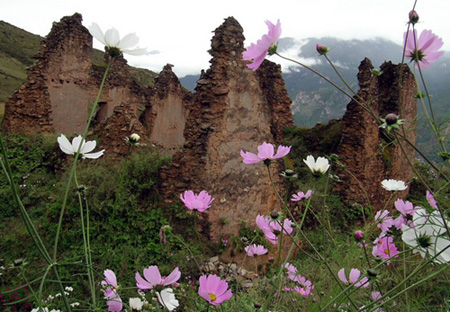Tibetan county in SW China to open new ecotourism route
The Tourism Bureau of Muli Tibetan Autonomous County, southwest China's Sichuan Province, is to open a new travel route titled the "Rock 900-li (450 km) ecotourism route."
Four planning and designing companies from Beijing, Shanghai and Chengdu, capital of Sichuan, are bidding to undertake the project.
|
|
|
Undated file photo shows the scenery of Muli County, southwest China's Sichuan Province. Muli is to open a new travel route titled the "Rock 900-li (450 km) ecotourism route." [File Photo] |
According to the bureau, the new route will involve the undertaking of eleven projects, including the Muli Monastery, the Shangri-La National Forest Park, the Daba Culture Park and an ecotourism holiday resort.
Meanwhile, Tibetan-style hotels, a rock climbing base, a skiing park, a safari and racetrack will also be constructed.
|
|
|
Undated file photo shows the scenery of Muli County, southwest China's Sichuan Province. Muli is to open a new travel route titled the "Rock 900-li (450 km) ecotourism route." [File Photo] |
Muli, located in the southern part of the Qinghai-Tibet Plateau, boasts high mountains and highlands, as well as lakes and rivers.
Though rich in natural and tourism resources, the mysterious town was little known to the outside world until the 1920s when American Austrian scientist Joseph F. Rock traveled to the place three times and published in the National Geographic magazine his travelogues about Muli's natural and cultural landscape.
With snowy mountains, large forests, perilous peaks, limestone caves, waterfalls and ancient monasteries, the county was nicknamed the "garden for immortals to visit" by Rock.
 0 Comments
0 Comments









Go to ForumComments